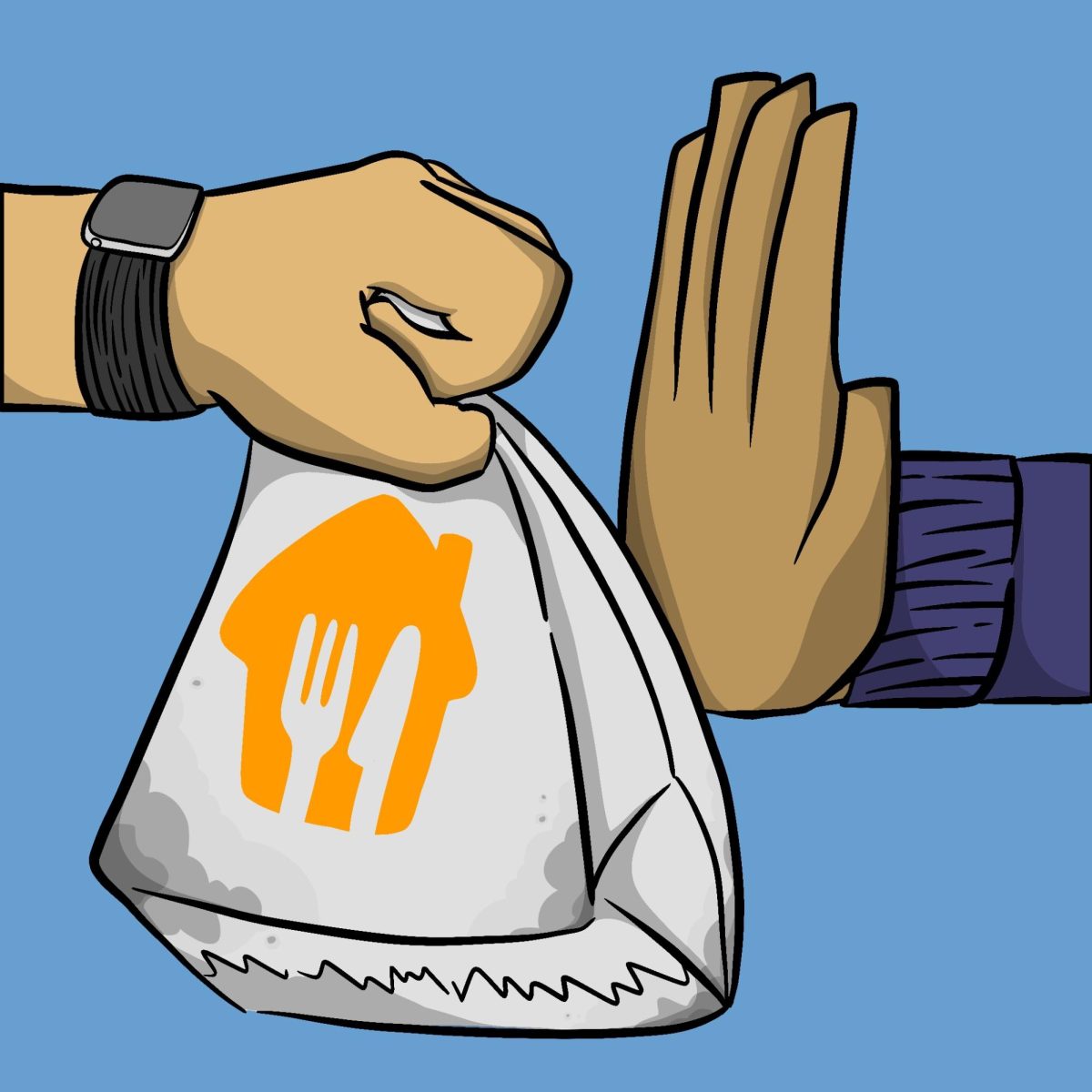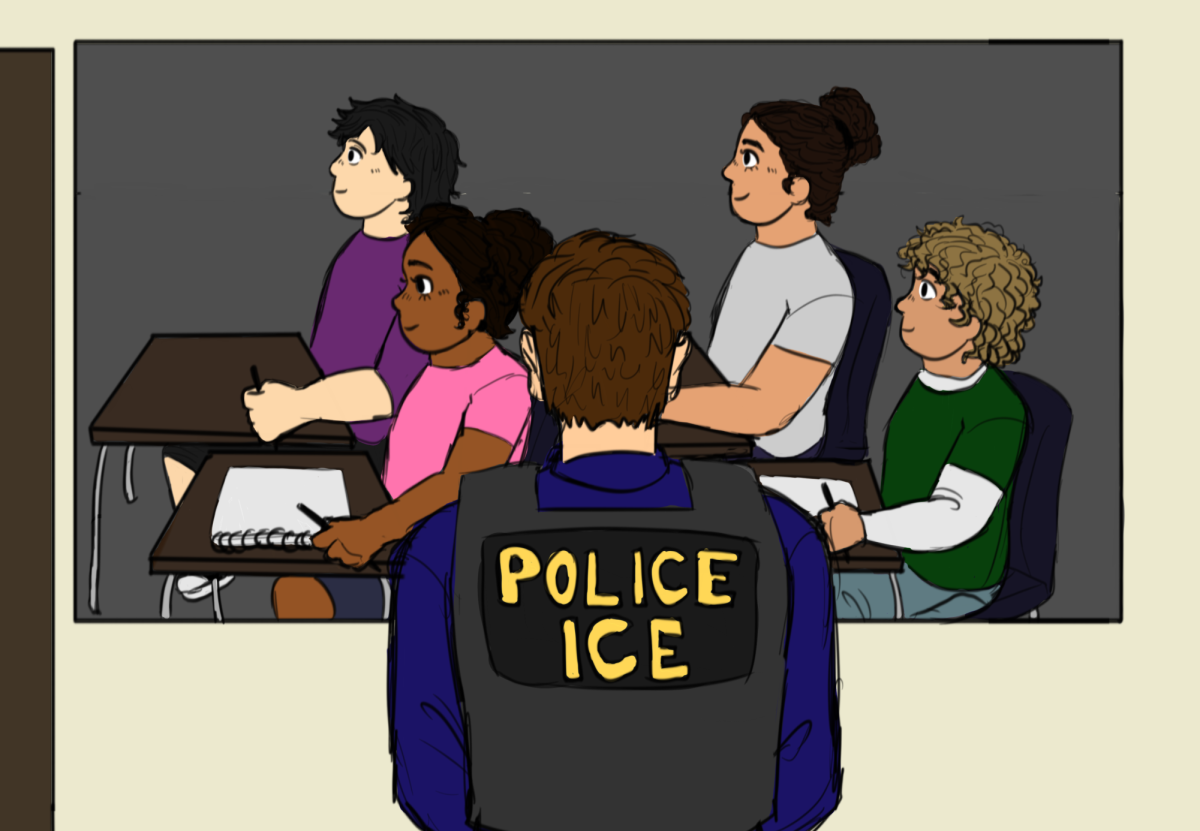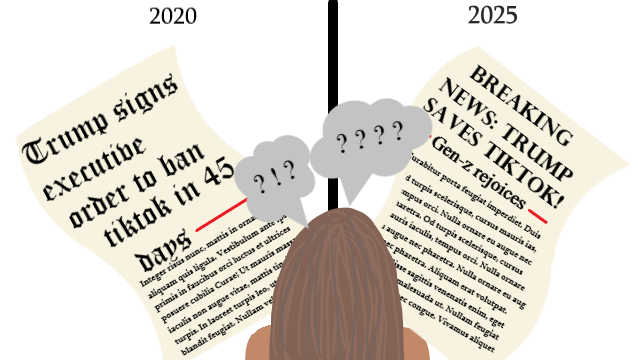On March 8, Bonita Vista High (BVH) sent out a message via Jupiter Ed to all students and parents stating that, “food may not be delivered to students during the school day. Students are provided with a free lunch in the cafeteria or are able to bring a packed lunch.” The message also mentioned that delivery drivers will be turned away, including drivers from all delivery services such as DoorDash, GrubHub, Uber Eats and more. However, this decision causes more harm than benefit, further inconveniencing BVH students.
Ordering food gives students another alternative instead of relying on cafeteria lunch or home cooked meals. With different preferences, students may not enjoy some of the free school lunch meals offered at BVH. One of the limitations of school lunch that goes unnoticed is that it does not always provide a fulfilling lunch for all students.
This issue of providing a fulfilling lunch expands outside of California schools. According to a survey conducted in 2019 by Feest Seattle, an organization that trains youth of color about the education system in Seattle, Washington, which collected over 650 student answers. This study revealed that “only about one in six students reported feeling full after eating school lunch.”
It is better for students to have another option as food delivery than having them starve throughout the school day. This can worsen when students have extracurriculars after school and can not eat a full adequate meal. These unhealthy eating habits have been occurring for a long time before stricter food regulations were placed in schools in the U.S. and even in neighboring countries like Canada. In a 2015 survey, Eurekalert, a news release site, reported that one in 20 students reported eating no lunch at all during a school day.
Students not eating during a school day raises alarming concerns that could lead to worsening and destructive eating habits as well as more concerns on student’s health and well being. According to Sinnergy Wellness Group, an organization dedicated to helping individuals develop healthy eating habits, states that dismissing school meals can be critical to the development of students’ readiness to learn. The site also states that “a balance from each food group allows for a consistent steady supply of energy needed to feed the brain and promote alertness and learning.”
A biggest concern of school campuses when it comes to students ordering food online is interruptive patterns of students asking teachers to leave the class to pick up their online order. Another concern is food deliveries being sent to the school office that they have to manage collecting and distributing to the right students. However, there are methods to prevent this disruptive behavior such as having a different contactless drop off location specifically for online orders. An additional idea schools can consider adapting is to have an open campus lunch to prevent any contact with the school at all.
Some may argue why online ordering to school campuses is bad is because of the financial burdens it may cause on students. However, if students have the ability to afford the food, it is their choice what they decide to spend their money on. It can help with financial management because regardless of whether teenagers will still go out and buy food, they might as well use it for a good cause, especially to fulfill their human needs to eat.
Overall, students having the ability to choose to order online delivery can release some stressful burdens while at school and give them the chance to enjoy their comfort food, while also filling their nutritional needs. There are several ways to go around the disruptions it may cause, but it is all about the benefits students can receive.








